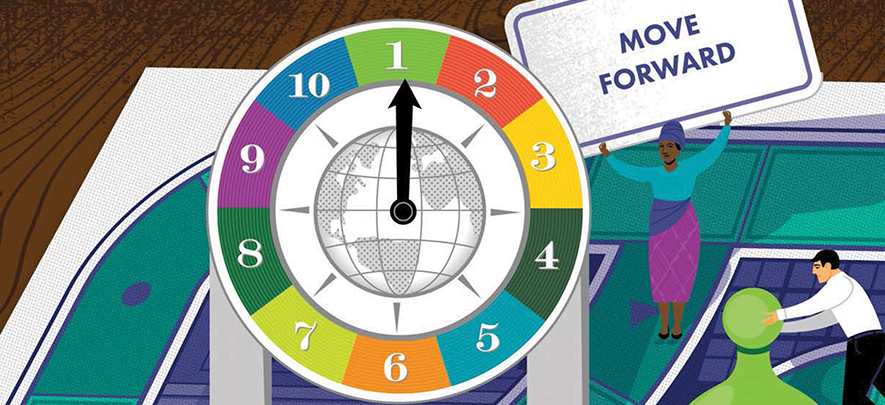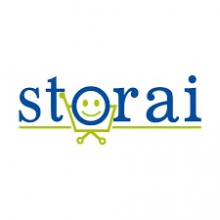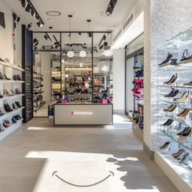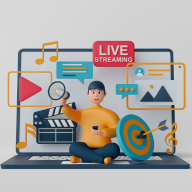Reimagine, redesign, recode

Employment & HR
391 week ago — 10 min read
A principal characteristic of the new era is not merely change, but change at an accelerating rate, which creates new rules for business and for HR. Organisations face a radically shifting context for the workforce, the workplace, and the world of work.
These shifts have changed the rules for nearly every organisational people practice, from learning to management to the definition of work itself. All business leaders have experienced these shifts, for good or for ill, in both their business and personal lives. Rapid change is not limited to technology, but encompasses society and demographics as well. Business and HR leaders can no longer continue to operate according to old paradigms.
They must now embrace new ways of thinking about their companies, their talent, and their role in global social issues.
New rules of the game
Today, a new set of digital business and working skills is needed. Companies should focus more heavily on career strategies, talent mobility, and organisational ecosystems and networks to facilitate both individual and organisational reinvention. The problem is not simply one of ‘reskilling’ or planning new and better careers. Instead, organisations must look at leadership, structures, diversity, technology, and the overall employee experience in new and exciting ways.
The trends in this year’s report identify 10 areas in which organisations will need to close the gap between the pace of change and the challenges of work and talent management.
Trend 1. The organisation of the future
Given the pace of change and the constant pressure to adapt, it is not surprising that executives identified building the organisation of the future as the most important challenge for 2017. High-performing organisations operate as empowered networks, coordinated through culture, information systems, and talent mobility. Companies are focused on redesigning the organisation itself, with nearly half actively studying and developing new models. And many organisations are not only designing but also building this new organisation. As networks and ecosystems replace organisational hierarchies, the traditional question “For whom do you work?” has been replaced by “With whom do you work?” Agility plays a central role in the organisation of the future, as companies race to replace structural hierarchies with networks of teams empowered to take action.
Trend 2. Careers and learning: Real time all the time
The concept of a “career” is being shaken to its core, driving companies toward “always-on” learning experiences that allow employees to build skills quickly, easily, and on their own terms. Employees now enjoy the prospect of 60-year careers. Yet at the same time, the half-life of skills is rapidly falling. These new realities are forcing companies to rethink the way they manage careers and deliver always-on learning and development (L&D) opportunities. Leading companies are moving to overhaul their career models and L&D infrastructure for the digital age. Traditional learning management systems are being complemented withand replaced by a wide range of new technologies for content curation, delivery, video distribution, and mobile use. However, most organisations are still in the early stages of this transformation.
Trend 3. Talent acquisition: Enter the cognitive recruiter
Talent acquisition is now the third-most-important challenge companies face. Attracting skilled resources is no longer simply the responsibility of HR. It now stands as a top concern of business leaders. Employees are demanding new careers and career models. And technologies and innovations—including cognitive, artificial intelligence, social collaboration, crowds, and the sharing economy—are reshaping the workforce. A new breed of cognitive technologies is radically transforming recruiting, which stands at the early stages of a revolution. Leading companies are turning the open talent economy into an opportunity by embracing technologies and developing new models that make innovative use of on and off balance-sheet talent sources.
Trend 4. The employee experience: Culture, engagement, and beyond
In a digital world with increasing transparency and the growing influence of millennials, employees expect a productive, engaging, enjoyable work experience. Rather than focus narrowly on employee engagement and culture, organisations are developing an integrated focus on the entire employee experience, bringing together all the workplace, HR, and management practices that impact people on the job. A new marketplace of pulse feedback tools, wellness and fitness apps, and integrated employee self-service tools is helping HR departments understand and improve this experience. Through new approaches such as design thinking and employee journey maps, HR departments are now focusing on understanding and improving this complete experience and using tools such as employee net promoter scores to measure employee satisfaction. Workplace redesign, well-being, and work productivity systems are all becoming part of the mandate for HR.
Trend 5. Performance management: Play a winning hand
For the last five years, companies have been experimenting with new performance management approaches that emphasise continuous feedback and coaching, reducing the focus on appraisal. This year, companies are moving beyond experimentation to deploy new models on a wide scale. Agile goal management, check-ins, and continuous feedback are becoming common, and new models of evaluation and rewards are being adopted next. Even though HR technology tools have not quite caught up, new approaches to performance management are working, and they are increasing productivity and changing corporate culture.
Trend 6. Leadership disrupted: Pushing the boundaries
As companies transform and digital organisational models emerge, leadership needs change as well. Leadership development continues to be a significant challenge for companies around the world, as the transition to the new digital organisation creates even larger leadership gaps. Organisations are clamouring for more agile, diverse, and younger leaders, as well as new leadership models that capture the ‘digital way’ to run businesses. While the leadership development industry continues to struggle, companies are pushing the boundaries of their traditional leadership hierarchies, empowering a new breed of leaders who can thrive in a rapidly changing network.
Trend 7. Digital HR: Platforms, people & work
As the enterprise as a whole becomes digital, HR must become a leader in the digital organisation. HR leaders are being pushed to take on a larger role in helping to drive the organisation to “be digital,” not just “do digital.” This means going beyond digitising HR platforms to developing digital workplaces and digital workforces, and to deploying technology that changes how people work and the way they relate to each other at work. Fortunately, the path to digital HR is becoming clearer, with expanded options, new platforms, and a wide variety of tools to build the 21st century digital organisation, workforce, and workplace.
Trend 8. People analytics: Recalculating the route
People analytics in HR is undergoing a seismic shift. Driven by the widespread adoption of cloud HR systems, companies are investing heavily in programs to use data for all aspects of workforce planning, talent management, and operational improvement. Organisations are redesigning their technical analytics groups to build out digitally powered enterprise analytics solutions. These new solutions are enabling organisations to conduct real-time analytics at the point of need in the business process, allowing for a deeper understanding of issues and actionable insights for the business.
Trend 9. Diversity & inclusion: The reality gap
The digital organisation of today, which operates as a network of teams, thrives on empowerment, open dialogue, and inclusive working styles. Leading organisations now see diversity and inclusion as a comprehensive strategy woven into every aspect of the talent life cycle to enhance employee engagement, improve brand, and drive performance. Fairness, equity, and inclusion are now CEO-level issues around the world. Executives can no longer abdicate diversity strategies to the Chief Human Resource Officer or chief diversity officer. A new focus on accountability, data, transparency, and “diversity through process” is driving efforts around unconscious bias training and education throughout the business community.
Trend 10. The future of work: The augmented workforce
Driven by the acceleration of connectivity and cognitive technology, the nature of work is changing. As AI systems, robotics, and cognitive tools grow in sophistication, almost every job is being reinvented, creating what many call the “augmented workforce”. As this trend gathers speed, organisations must reconsider how they design jobs, organise work, and plan for future growth.
To explore business opportunities, link with us by clicking on the 'Invite' button on our eBiz Card.
Article excerpted from ‘Rewriting the rules for the digital age: 2017 Deloitte Global Human Capital Trends’ published in STOrai Magazine
Disclaimer: The views and opinions expressed in this article are those of the author and do not necessarily reflect the views, official policy or position of GlobalLinker.
View STOrai 's profile
Other articles written by STOrai Magazine
The Art & Science of People Pleasing in Retail
25 week ago
Enhanced Brand Storytelling in the Digital Age
57 week ago
Most read this week













Comments
Share this content
Please login or Register to join the discussion